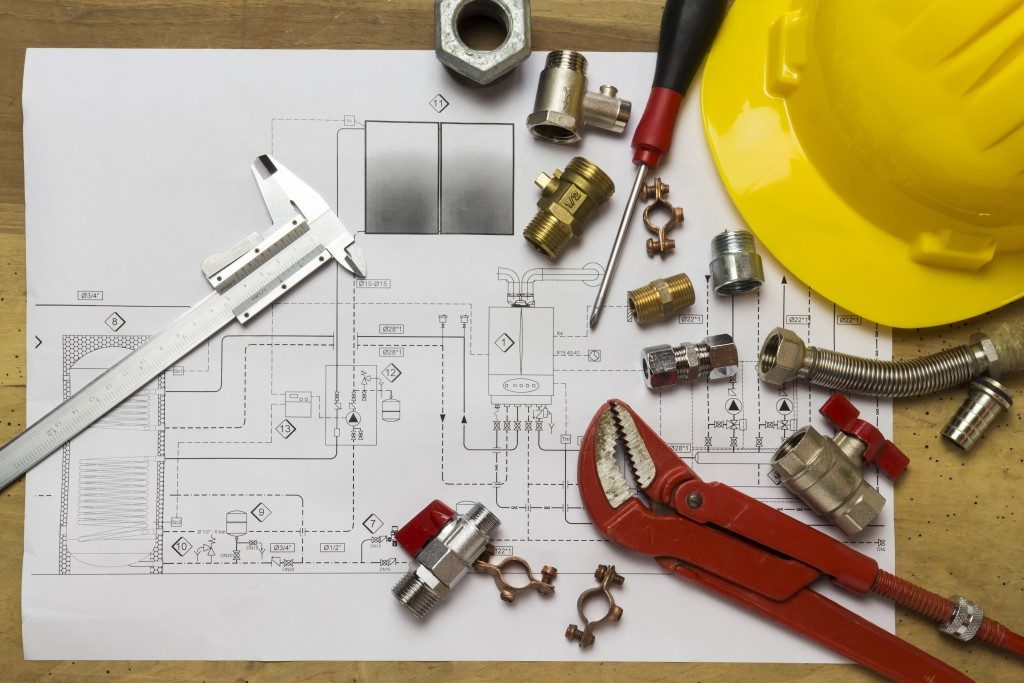 One of the major challenges that the construction industry can pose is the fact that it actually generates large amounts of waste. Ranging from scraps of new material to debris, your construction site often ends up with tons of waste lying around. Leaving them, there would be irresponsible and create a safety hazard, so you are going to need to clean things up a bit. To help handle all of that waste, here are a few tips on what you can do.
One of the major challenges that the construction industry can pose is the fact that it actually generates large amounts of waste. Ranging from scraps of new material to debris, your construction site often ends up with tons of waste lying around. Leaving them, there would be irresponsible and create a safety hazard, so you are going to need to clean things up a bit. To help handle all of that waste, here are a few tips on what you can do.
Identify What Is Inside Your Waste
One of the first steps you should take is to identify where your waste is coming from. Some waste comes from new construction scraps. This includes packaging like cement bags. Scraps can also include the extra wood and metal that your people cut off during construction. If you are working on renovating an old building, some of your waste can come from demolition. Old wood, bricks, and more can end up on the waste pile. Finally, there is the debris that comes from natural construction procedures. For example, the loose ground that gets dug up for foundations.
Depending on the waste audit, you can dispose of them in different ways. For one, some waste materials are prime recycling material. Identify these and direct them to a recycling center. Some pieces you can reuse in your construction project. This may include bricks, gravel, and more. Finally, there are hazardous waste materials like asbestos, lead, and other dangerous materials. Knowing that you have these on-site makes it easier to handle them.
Get the Right Equipment
To handle the waste, you’ll need to have the necessary equipment. For example, if you have large amounts of debris, then you might need to hire a dumper to load everything up to deliver it to a disposal point. Other special equipment might be needed when it comes to deconstructing previous structures so that you can properly recycle and reuse the extracted materials.
Aim for Minimal to Zero Waste
Your waste audit helped identify where most of your construction waste comes from. Knowing this, you can move towards minimizing to eliminating the waster products of your construction efforts. For example, you might pick construction materials that have minimal packaging, so you don’t have to worry about packaging materials when getting rid of waste.
Additionally, there are systems that can actually eliminate waste completely. For example, traditional concrete form systems use disposable plywood as the basis of the formwork. If you shift over to metal systems, you can reuse the metal forms instead of just throwing away the wood forms.
Contact Professionals

Even with lower waste output, there is still some waste to get rid of. Hazardous wastes also need to get proper disposal treatment. Fortunately, there are professional services that you can contact that will be able to help you out. They can also do your waste processing for you for an additional charge.
Cleaning Up
With proper disposal, you can be sure that your construction project won’t leave a mess behind. The tips above can be a big help in managing the mess that your project makes. Ensuring that you get rid of your waste properly is a huge responsibility, and you need to take it seriously.

